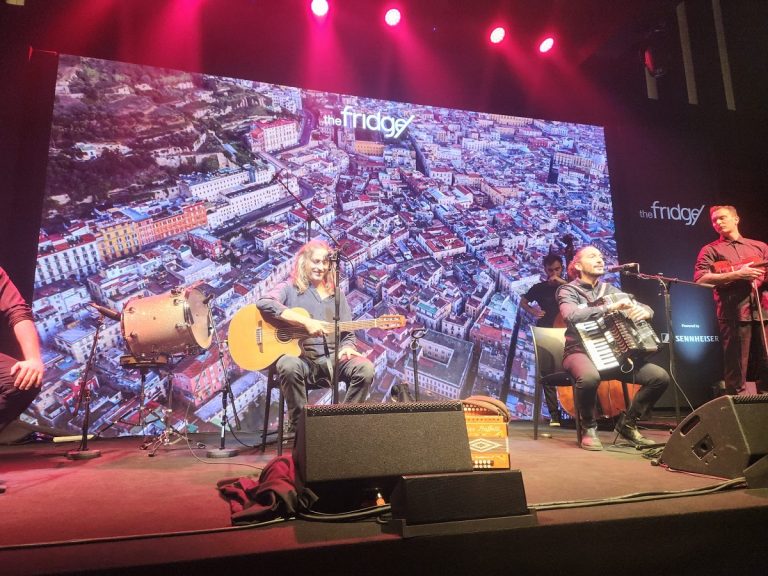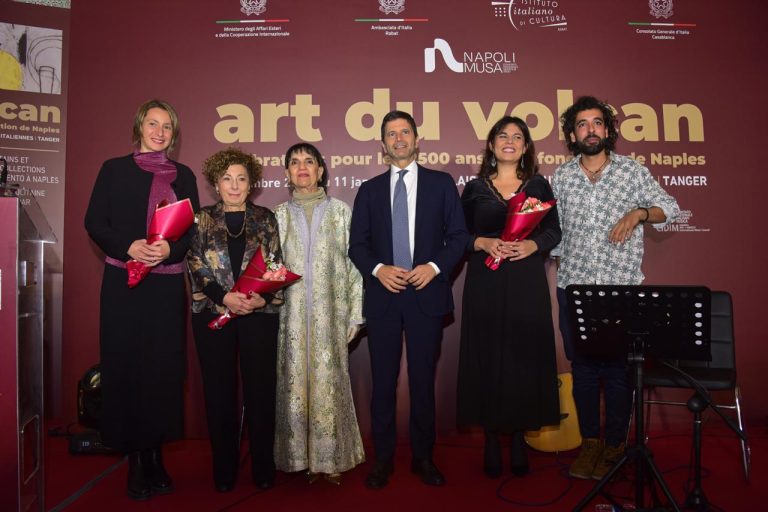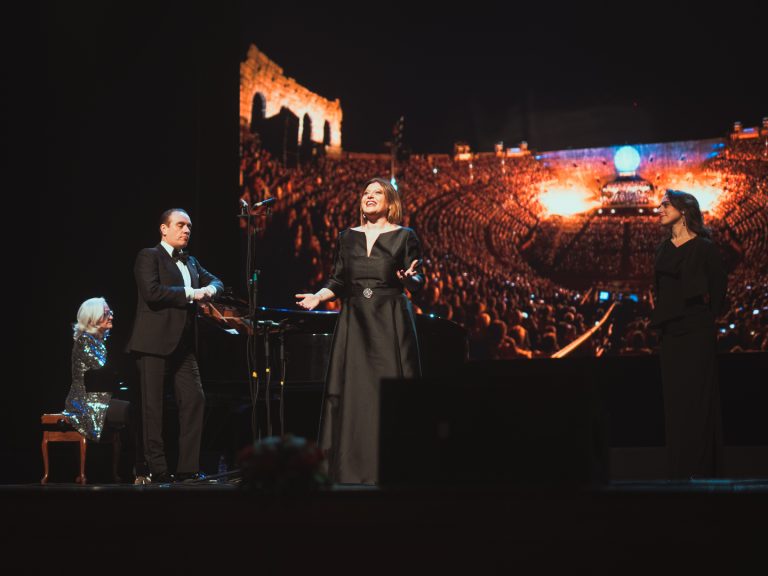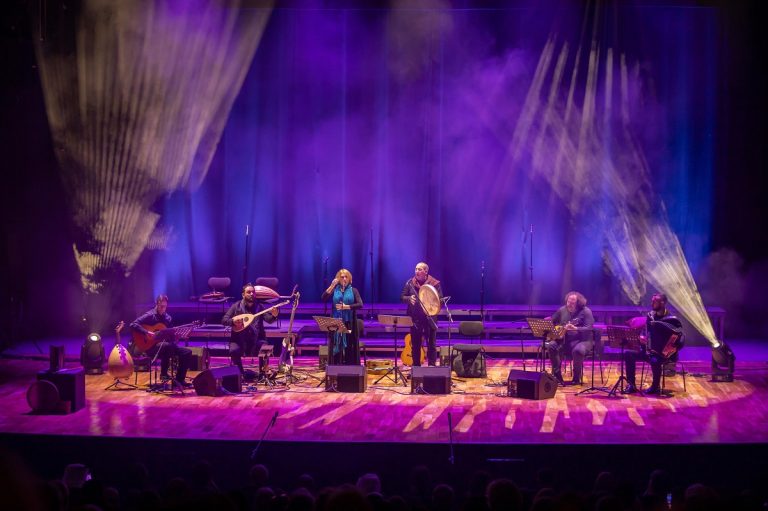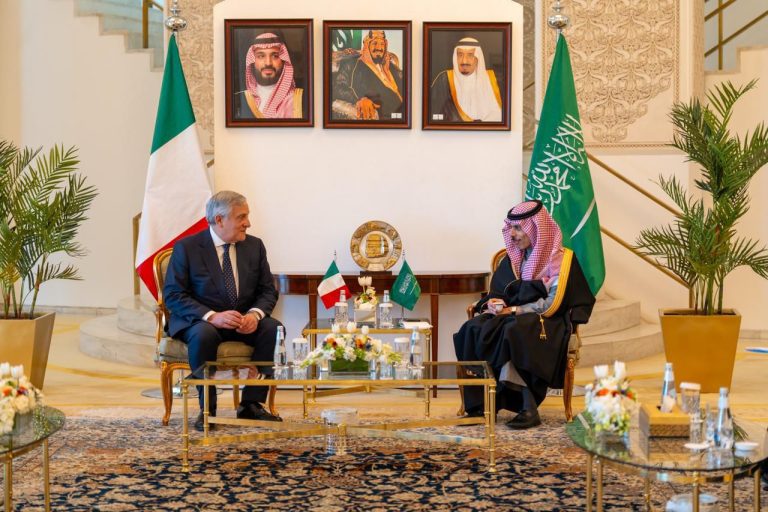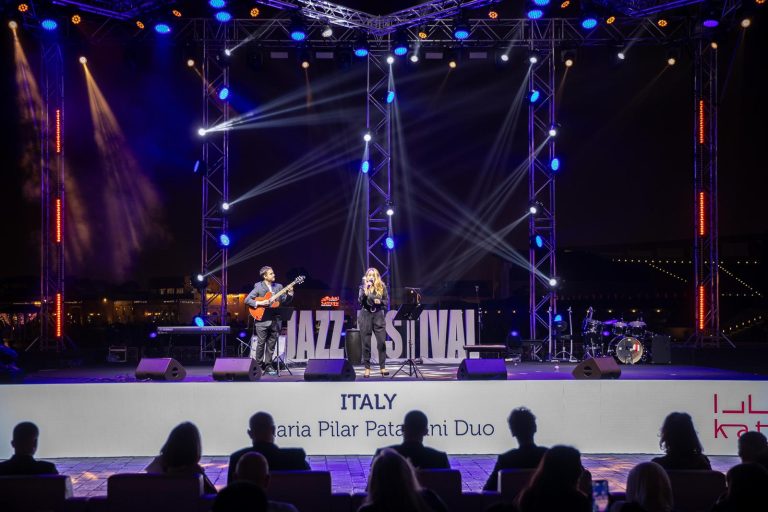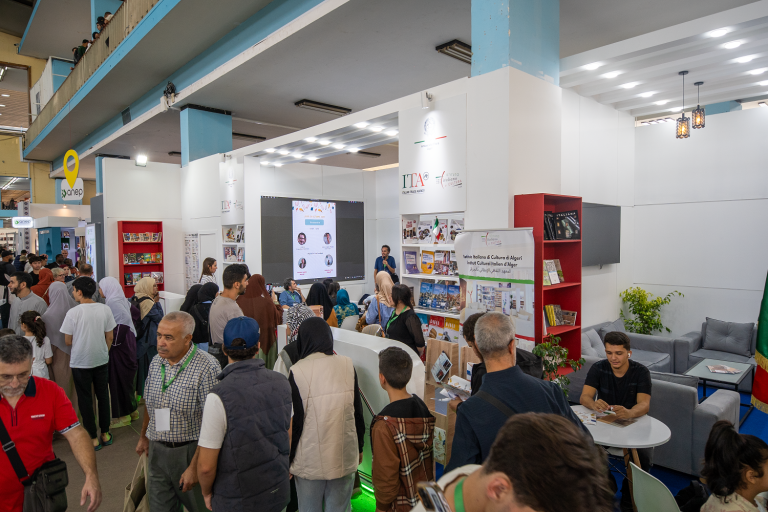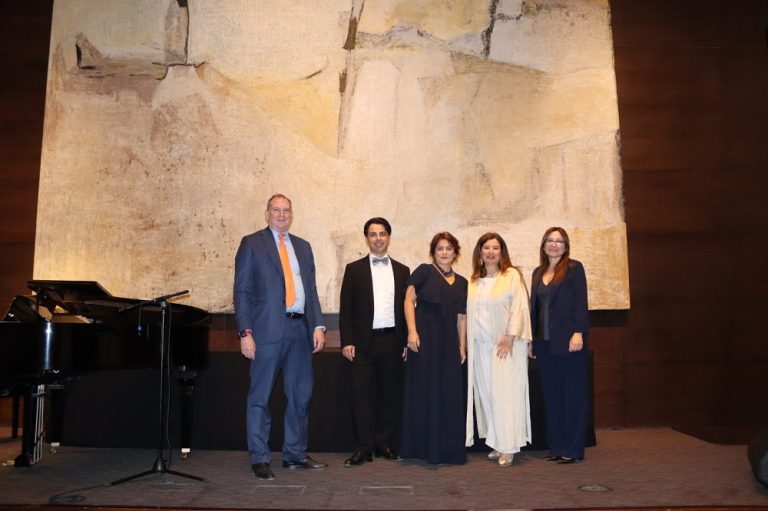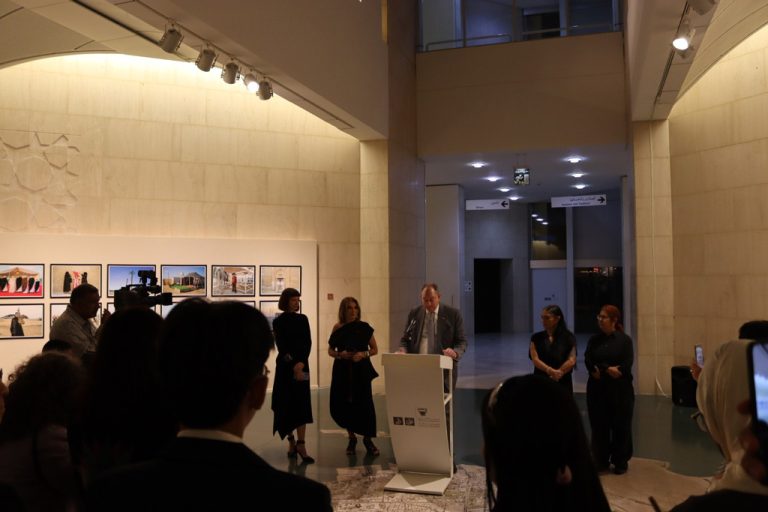One of the richest Roman cities in the Mediterranean – Leptis Magna – lay for centuries beneath the desert sands along the coast of Libya, but has now re-emerged thanks to the efforts of Italian archaeologists.
Sabratha
The same goes for the beautiful Sabratha, another city in north western Libya founded by the Phoenicians and later conquered by the Romans. Since 1968, the University of Macerata – on the impetus of Antonino Di Vita, 1962, advisor to the Libyan government on the antiquities of Tripolitania and later, until 2011, U of Macerata professor and founder of the “Centre for research and documentation on the archaeology of Northern Africa” – has been excavating, researching and restoring monuments in Libya, especially in the cities of Leptis Magna and Sabratha. And all in close cooperation with the Libyan government and the Ministry of Foreign Affairs.
45 years of archaeology
To celebrate its 45 years of archaeological activity in Libya, the University has organised an exhibition and a day of study, during which the reconstruction of some of the most important monument finds in all of Northern Africa, starting with the magnificent 23-metre high Mausoleum B of Sabratha, one of the greatest examples of late-Hellenistic “baroque” architecture. The mausoleum was excavated and raised from its foundations up after lengthy restoration of its blocks, which had fallen and were strewn across a wide area of land.
Sidret el-Balik and Leptis Magna
Another discovery by Italians is the sacred burial area of Sidret el-Balik which, with its 180 square metres of frescoed walls showing scenes of the city, animals and cavalry, was toppled by an earthquake in 356 A.D. and painstakingly rebuilt and is the largest pictorial complex in late-Roman era Africa. Not to mention the monumental four-sided monument at Leptis Magna to the Emperor Severus Septimus and his family, which has been fully restored and that now, as in ancient times, welcomes visitors at the entrance to the city. Finally, a great many studies have been done with the aim of spreading broader knowledge of some of the most important buildings of the cities of Tripolitania (Oea, Sabratha and Leptis Magna) excavated by the Italians before the war, which include the temples and buildings of the old Forum, the Arch of Trajan, the Amphitheatre and Circus of Leptis Magna, and the Amphitheatre and painted tombs of Sabratha; these latter, an extraordinary patrimony to be preserved and conserved, are the object of recent restoration activities still under way.

